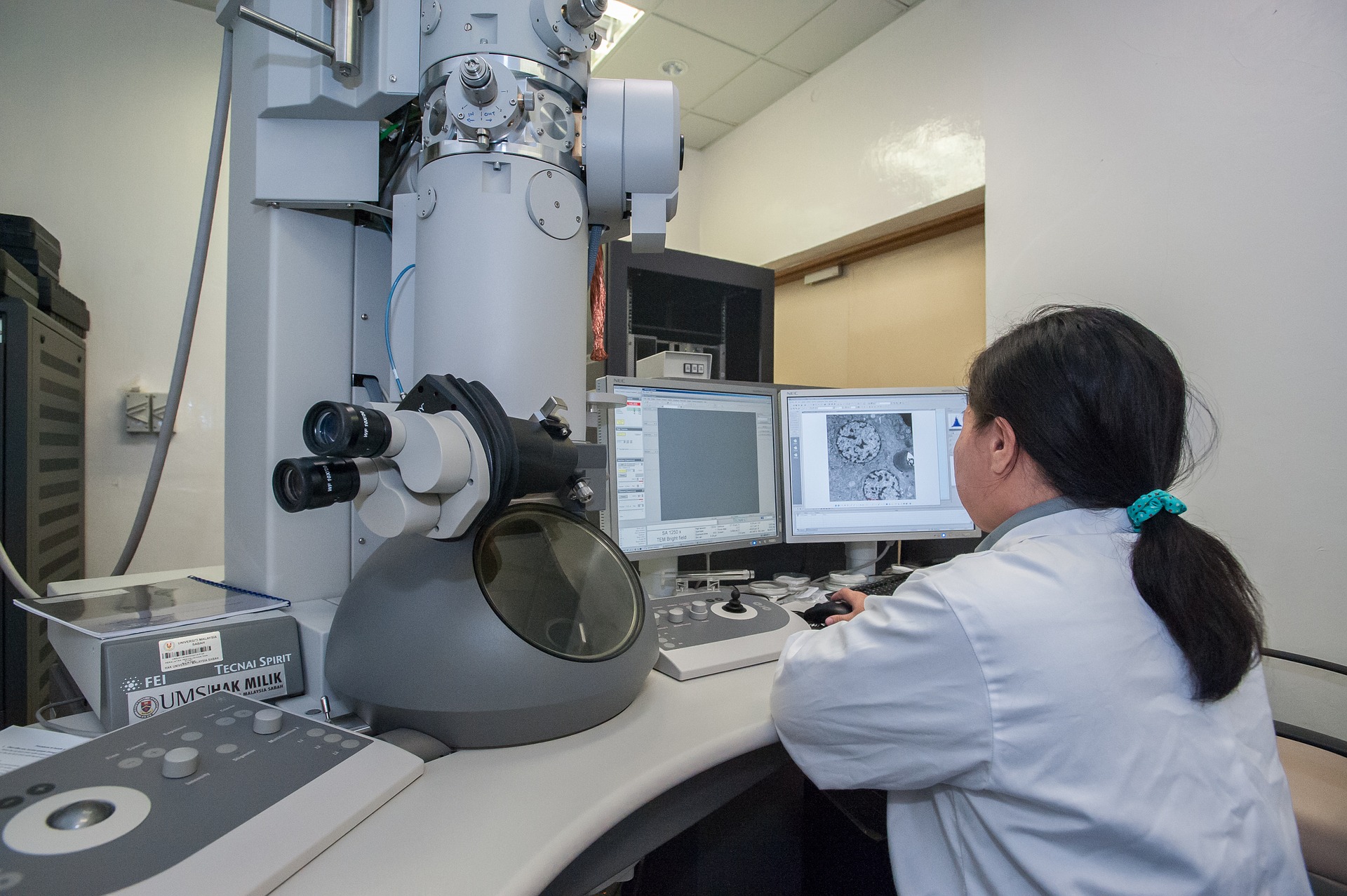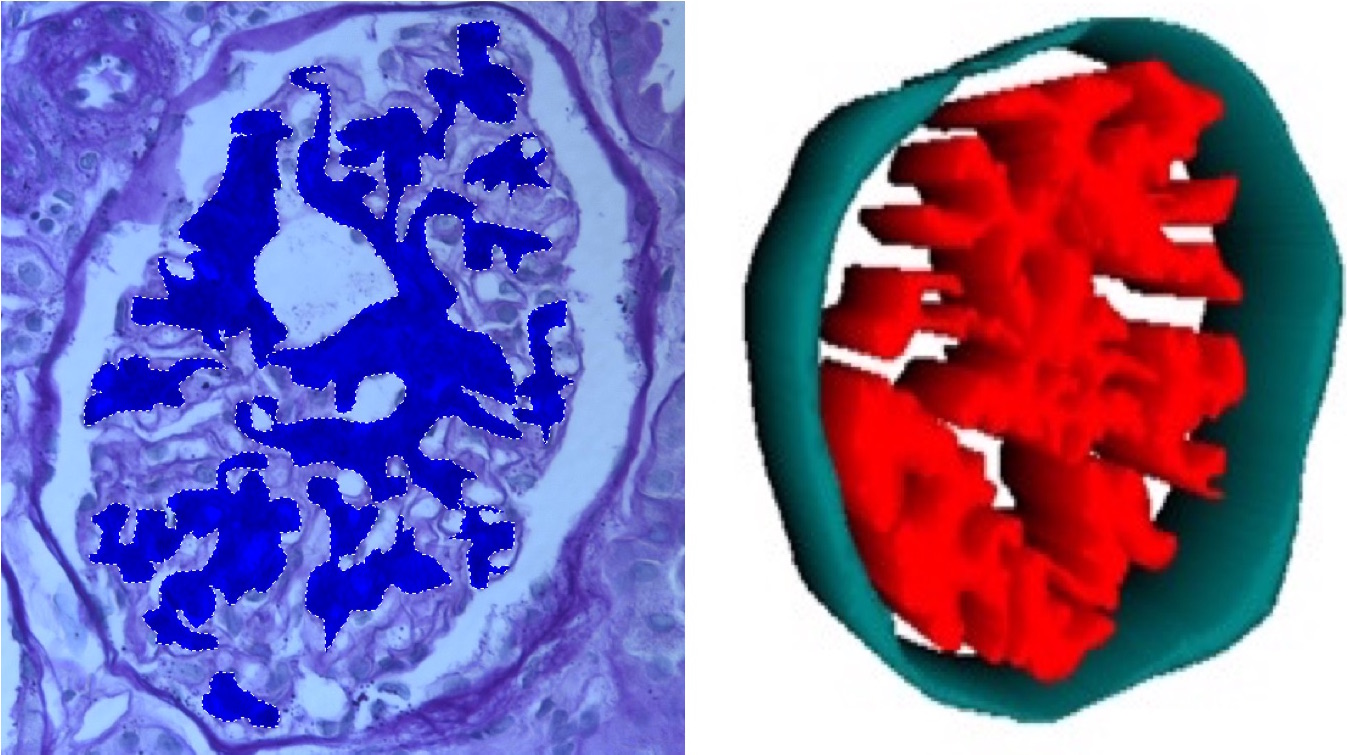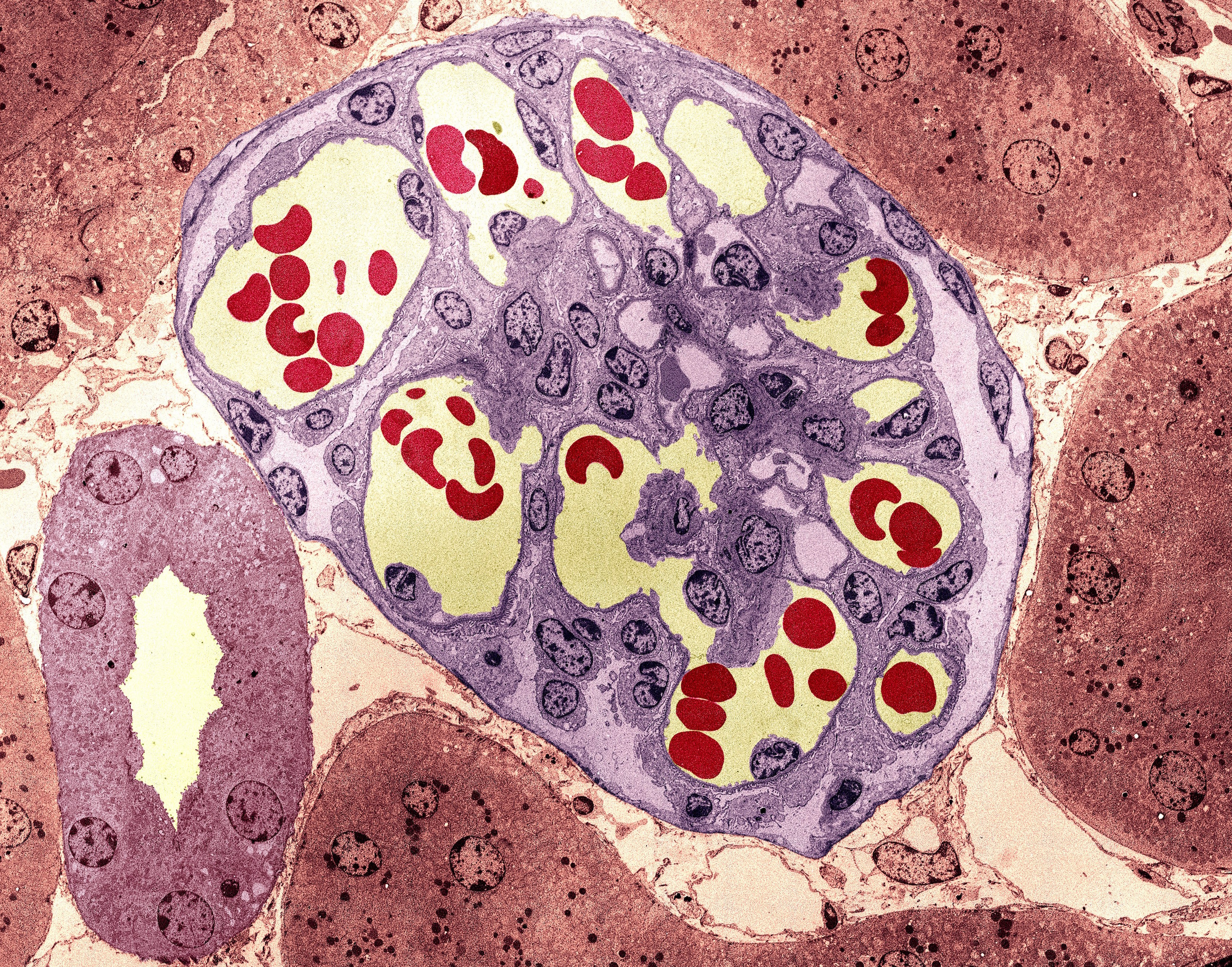
Sciences & Technology
Quantum boost for medical imaging

By using 3D computer imaging in kidney disease clinicians can bring patients the kind of detail normally only available to researchers using electron microscopes
Published 24 February 2019
The diagnosis and treatment of kidney disease could be accelerated and better targeted after medical researchers successfully used 3D computer software to enhance traditional microscopic analysis.
It means clinicians could easily get a highly detailed image of a patient’s kidney from a biopsy, bringing into the clinic the kind of sophisticated structural analysis that is usually only available to medical researchers with access to an electron microscope and the specialised skills to use it.

In a study published in the journal Nature Scientific Reports, the researchers were able to use simple light microscopes, like those in high schools, to identify and track kidney damage being caused by diabetes.
The new technique works with similar accuracy to that of a Transmission Electron Microscope (TEM) that beams subatomic particles through a specimen in order to image it.
“The computer 3D reconstruction technique is accurate, less operator-dependent and less time consuming than the current gold standard (electron microscopy), making it a promising method for both diagnostic and research purposes,” says lead author Dr Niloufar Torkamani at Austin Health and the University of Melbourne’s Department of Medicine.

Sciences & Technology
Quantum boost for medical imaging
“It has the potential to improve routine diagnosis of diabetic kidney disease and guide treatment.”
About a quarter of patients with diabetes will develop kidney disease as the build-up of glucose in the blood caused by diabetes eventually damages the kidneys as they struggle to filter out waste from the blood an expel it as urine.
Clinicians currently rely on monitoring for levels of albumin in our urine as a marker of diabetic kidney disease, carrying out tests every 6 to 12 months.
But not all people with diabetic kidney disease will have elevated levels of albumin in their urine, meaning that a diagnosis can be delayed or even missed.
A blood test can indicate a loss of kidney function and is used in routine clinical practice, but in order to understand what is causing the loss of kidney function and how to treat it, clinicians sometimes have to take a biopsy under local anaesthetic and analyse it under a microscope.

However, Dr Torkamani says this kind of 2D analysis may be imprecise, and can delay making the right diagnosis.
“We can’t yet cure diabetic kidney disease but the use of 3D structural studies has the potential to expedite the diagnosis. Appropriate measures could then be put in place which can slow down the progression of the disease,” says Dr Torkamani.

Health & Medicine
Schizophrenia: Mapping how the brain changes
In traditional light microscopy only a few slices of a biopsy are examined, with each slice or “section” just one or two microns thick (a micron is one millionth of a metre), allowing for only a 2D analysis.
However, using the latest 3D imaging software, around 50 sections can be taken and reconstructed into a complete 3D image.
Dr Torkamani says this sort of 3D analysis could also potentially monitor the progress of kidney transplants to allow clinicians to understand precisely why a patient may be having trouble accepting an organ. Targeted treatments could then be applied to prevent the organ rejection.
“You could use this technique on any routine kidney biopsy,” says Dr Torkamani.

The imaging technique could also boost kidney research since it makes detailed imaging more accessible to researchers, she says.
“Diabetes is the major cause of kidney failure, but we don’t fully understand the mechanisms of what is going on, so researchers need to be able to easily access this kind of detailed imaging.”

Health & Medicine
The vaccine that may help prevent type 1 diabetes
A medical doctor and trainee endocrinologist, Dr Torkamani first came across 3D computer imaging when doing her PhD on alopecia, or hair loss, at the University of Melbourne.
By using 3D imaging she was able to discover that the muscle that makes our hair stand on end when we experience goosebumps, is implicated in hair loss; as these muscles degenerate hair starts falling out.
“Until we used 3D imaging no-one knew how important this muscle was in hair loss, so when I started researching diabetes it occurred to me that we could start using the same 3D imaging not just in our research, but also for clinical diagnosis.”
Using computer 3D imaging in medicine isn’t new, but Dr Torkamani says it isn’t yet widely applied. For example, this study is the first time it has been used in kidney disease.
But, she believes the technology is now on the cusp of becoming mainstream in diagnosis and treatment across all fields of medicine.
“The whole traditional 2D side of medicine will be phased out very soon, because it just won’t be seen as practical anymore. It’s like playing a computer game in 2D when you can be in 3D or even virtual reality.”
Banner image: Illustration of the glomerulus. Getty Images